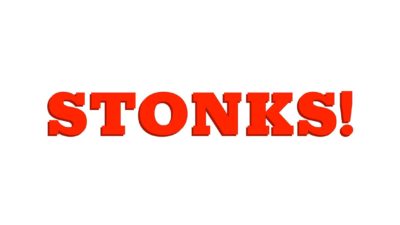The 50-inch bronze Fearless Girl statue appeared on New York's Wall Street on the evening of 7 March 2017. The figure was positioned defiantly facing down Wall Street's iconic Charging Bull.
Fearless Girl's appearance was timed to coincide with International Women's Day, a day that marks the social, economic, cultural and political achievements of women. It also serves as a call to action for accelerating gender parity.
Commissioned by State Street Global Advisors (SSGA), the Fearless Girl statue aimed to promote the anniversary of SSGA's SHE Fund, which invests only in companies that have women in top leadership positions.
As a marketing strategy, it was genius. Fearless Girl was an extremely shareable, Instagram-worthy piece of art. After three months, the campaign had a reach of more than 4.6 billion impressions worldwide, lifting State Street's share of voice within the finance market from 7.8 percent to 37.4 percent.
The campaign reportedly had a huge impact on the company's SHE Fund, with daily trading volume growing by 384 percent in the three days after the statue debuted and 170 percent over the following 20 business days. It's safe to say, that State Street's Fearless Girl was a major success for State Street, but what else did it achieve?
After the January 2017 inauguration of President Donald Trump, a wave of women's marches occurred in the United States and around the world. These happened largely due to statements President Trump had made which were regarded by many as anti-women.
At the same time, in popular culture, the release of empowering TV series and films, such as The Handmaid's Tale and Wonder Woman meant that the Fearless Girl landed on Wall Street's Bowling Green at the exact right point in history.
The campaign tapped into two major issues around gender diversity, not just in the United States, but around the world – pay parity and the under representation of female leadership in business.
In the United States, the gender pay gap sits at 18 percent. In Australia the gap is narrower and (good news) it's also closing. Statistics released last week by the Workplace Gender Equality Agency show the gender pay gap had dropped from 15.3 per cent to 14.6 per cent in the last year.
Then there's gender diversity in business leadership. The financial services industry, more so than many other industries, has long faced problems in recruiting and promoting women.
The 2020 Gender Diversity Index (GDI) tracks the number of women on the boards of the 2010 Fortune 1000 list of companies in the United States. In 2017 they reported that of the 801 active GDI companies, women hold 20.8 percent of board seats, an increase from 19.7 percent in 2016 and 14.6 percent in 2011. A good start, but there's still a long way to go.
What the Fearless Girl campaign showed is that when companies use advertising to put deeper meaning into their agendas, it resonates. The campaign also served to highlight, start and continue conversations about the barriers women face in remuneration and promotion within the work environment.








